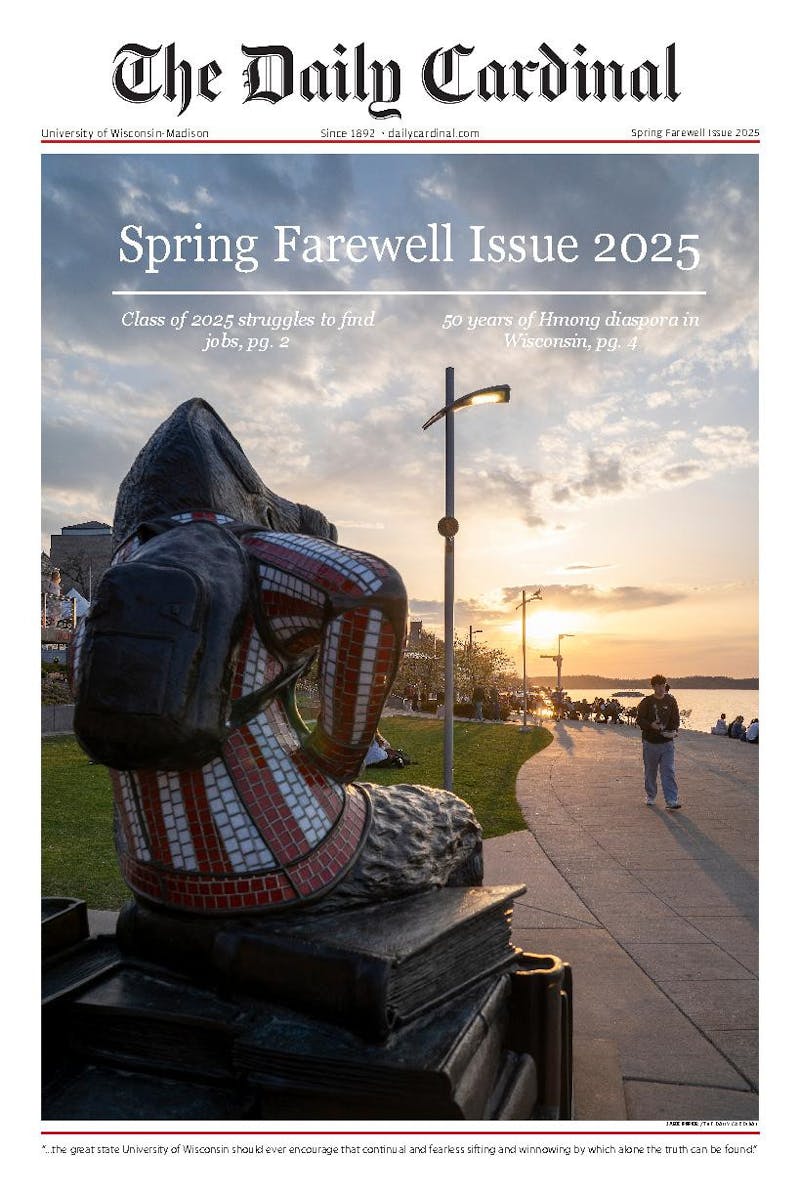Nearly a week after Madison saw its first snow emergency, snow piled in banks and caked with salty debris rests alongside the debate between city officials and area environmentalists over how much salt is necessary to spread.
City officials are monitoring the amount of salt used in order to find a happy medium that provides both public safety and healthy drinking water, without harming the environment.
""You're always balancing public safety and the environment,"" city official George Dreckmann said.
Some environmentalists are calling for salt use to be cut in half, but salt supporters believe the amount of salt the city uses is necessary in order to prevent accidents.
He said a reduction in salt on Madison roads ""means they wouldn't open as quickly and there may be an increase in accidents if [drivers] didn't adjust their driving accordingly.""
In addition to accidents, Dreckmann said salt cutbacks could expose people to increased liability, which could lead to lawsuits.
The problem cannot be solved by the city alone, according to Joe Grande, spokesperson for the Madison Water Department. He said that in order for the salt levels in the water to decrease, private contractors would need to do their part by limiting the amount of salt used on roads.
Still, Dreckmann explained the city keeps track of the amount of salt spread on roads. He said salt is only allowed on routes such as major streets, bus routes and some ""dangerous hills.""
He added there is more of a need to salt the Beltline and the interstate around the city than elsewhere.
Ald. Austin King, District 8, falls in the middle of the debate. He said while the salt does get into the lakes, it does not reach the deep aquifer the city draws drinking water from.
""I really dislike using salt on the roads,"" King said. ""Occasionally it is necessary for safety.""
King noted that in an effort to clean up the water quality, the city has moved to adding much more sand to the mixture of salt. Dreckmann said the city currently uses a mix of 15 percent salt and 85 percent sand.
Still, Grande said the level of salt in the drinking water is exceeding the amount of salt people on a low salt diet should consume. He also said there is no regulation on how much salt can be in the water. However, King said extensive water testing is done to ensure the health and safety of residents.
""Eventually, it does all get reconnected but we have really extensive water quality programs so all the water coming out of the taps has been cleaned, tested and is much safer than drinking bottled water,"" King said.





